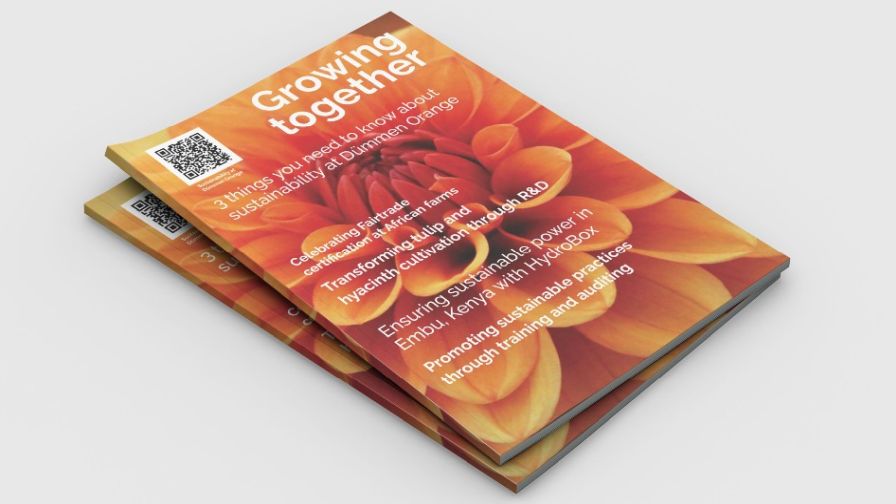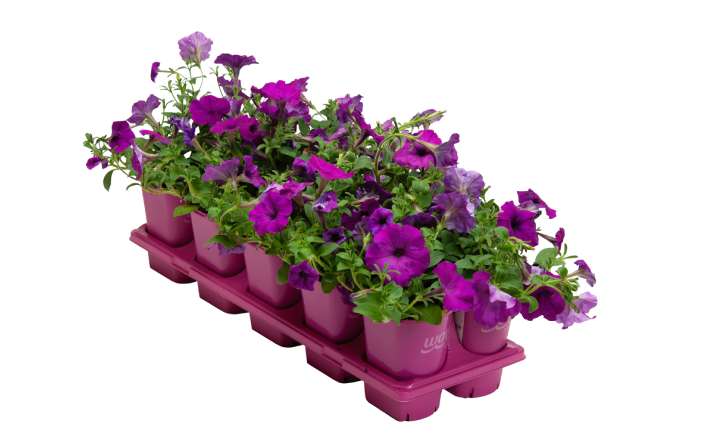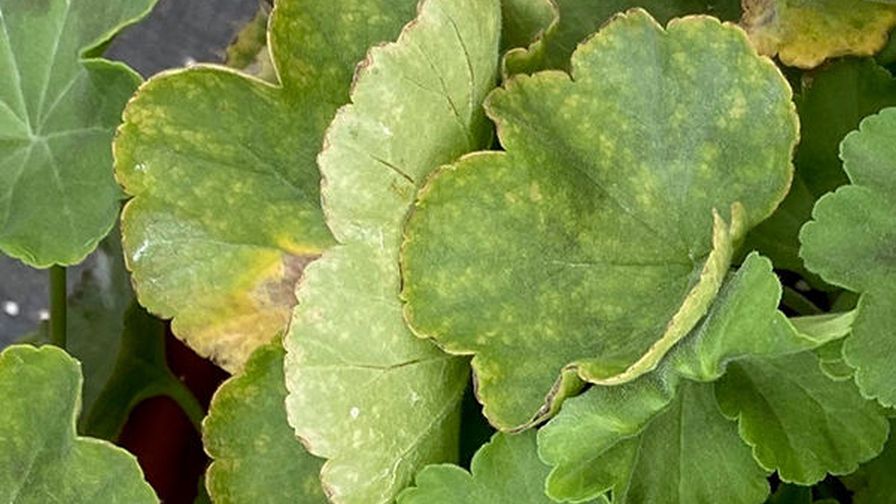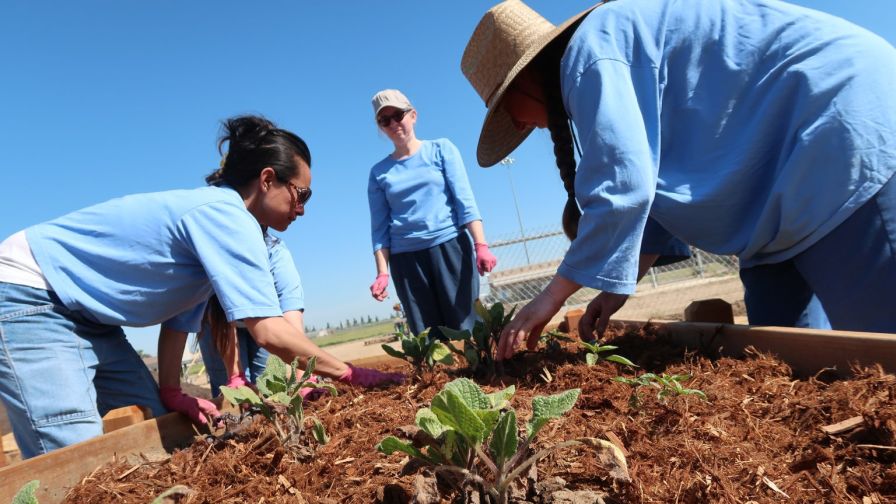Kelly Norris Describes How Growers Can Help Plant the Future Urban Landscape

xMangave ‘Pineapple Express’ combines architectural form with drought-tolerant function. Photo courtesy of Walters Gardens.
In 2011, a now widely published study from the United Nations offered a startling storyline for the future of human population growth — by 2050, 75% of the world’s population will reside in cities. For our part, 90% of Americans will live in cities by 2050 compared to about 80% today.
The Nature of Cities
But what makes a city a city? New York City isn’t Columbus, OH. Boise, ID, is no San Francisco. Cities aren’t created equal. But despite the obvious differences in geography, the nature of many cities looks remarkably similar. They are dominated by acres of hardscape with varying degrees of permeability. They are heat sinks with fluctuating degrees of air quality.
How does horticulture integrate with and enhance the quality of this ecosystem? What plants do we use to accomplish this? What does the future of crop production and retail horticulture look like when more consumers than we’ve ever seen before have less space to garden and a cultivated appetite for products that by today’s standards are only novelties? These are the big questions for the boardroom and the head house.
Far From Urban
For my own plantsmanship, I’m fascinated by plants from stressful environments, especially those that have broad native distributions. The Greater Des Moines Botanical Garden team spent a couple weeks in the field this summer collecting taxa from the shortgrass, badlands prairies of Northwestern Nebraska and the Black Hills of South Dakota, focusing on taxa with known (and unknown) horticultural value.
These provenances in many cases represent the most stressful circumstances these species occur in across their range. Short-lived perennial species like Ratibida columnifera (Mexican hat flower), long popular in wildflower seed mixes (think in the can), ramble from the roadside edge to the bases of bluffs in a range of colors, enduring pH between 8.5 and 9.0. Species like this deserve wider adoption for urban landscapes where wild-side ecologies can return aesthetics and function on an otherwise modest investment.
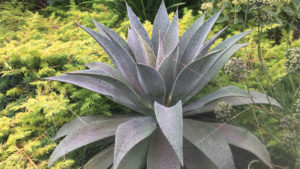
A cross between Manfreda and Agave, xMangave combines the best qualities from both parents. Pictured: xMangave ‘Lavender Lady’ (Photo courtesy of Walters Gardens)
The horticulture of this region may seem far removed from urban circumstances, but offers invaluable plants and insights at the intersection of urban ecology and horticulture. Few have heard of the late Claude Barr, the preeminent 20th century plantsman of the Great Plains, and his book “Jewels of the Plains.” But Jim Locklear, Director of Conservation at Lauritzen Gardens in Omaha, NE, says modern horticulture would benefit from Barr’s brand of regional expertise and influence.
“In my mind, a plantsman is someone with an intimate, multi-faceted knowledge of a particular part of the plant world,” Locklear says. “The horticulture world could use more folks like Barr, devoted to their region.”
Living in the Western Great Plains with 15 inches of average annual rainfall, Barr’s stewardship of water was critical to his success as a horticulturist.
“Barr was attuned out of necessity to the environmental constraints of his place,” Locklear says. “Most urban and suburban dwellers of the built environment are buffered from the daily need to conserve water, until they’re facing severe drought.”
Barr’s practices were prophetic — in a world with limited natural resources, we need to cultivate a deeper understanding of place and adopt it in practice.
Urban and Urbane
That understanding means better plants for harsher circumstances in the urban landscape. In “Jewels of the Plains,” Barr assembled profiles of plants from a lifetime of experience, which looks remarkably contemporary in the lexicon of today’s landscape: penstemon, allium, symphyotrichum, liatris, and solidago. Barr also wrote glowingly of a genus that I think should be grown in almost every city in America. Yucca glauca dominated the shortgrass prairies where Barr’s cattle ranged.
Today I see it planted in medians along the Front Range. I see its more eastern counterpart Y. filamentosa (and the variegated ‘Color Guard’) frequently used in streetside plantings in cities as different as Philadelphia and Portland, OR. These exurban-plants of the plains may be the most urbane perennials for gardens of the future, with the added benefit of attracting deep cohorts of pollinators.
Hans Hansen, breeder for Walters Gardens in Zeeland, MI, is exploring related genera Agave and Manfreda, and marrying them in a machismo combination dubbed ×Mangave. Walters Gardens debuts nine new introductions in its 2017 catalog of this novelty.
“Basically, I’ve tried incorporating as much diversity as possible from both genera,” Hansen says, noting that his 10-year project now blends genes from four Agave and two or more Manfreda parents in a single cross.
For what it’s worth, ×Mangave is more than a horticultural odyssey. In drought-stricken gardens beyond Zone 7, the modest palette of plants without spines means landscape diversity wanes in favor of the usual suspects. But what if advances in plant breeding combined the best of both worlds — say the architectural elegance of agave with the vigor and interesting patterns of manfreda?
“The most marketable plants have the red spotting or blue-purple wash from less-hardy types,” Hansen says about releases like ‘Lavender Lady’ and ‘Mission to Mars.’ Could today’s macho novelties be tomorrow’s urban garden rock stars?







